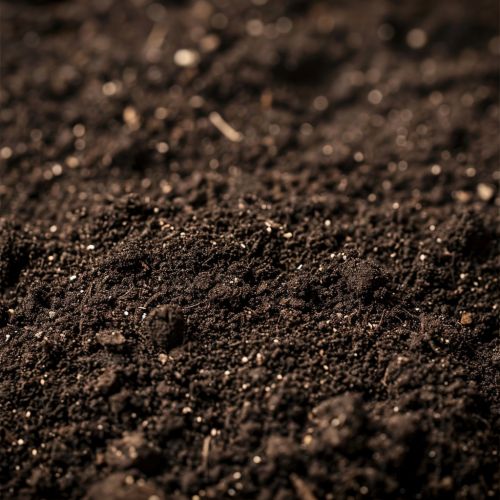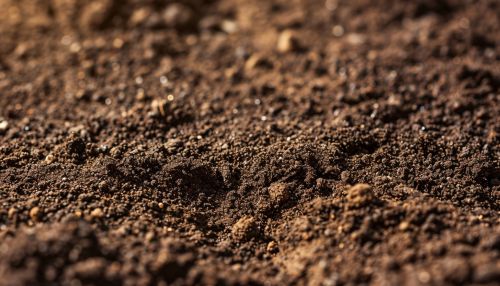Soil Types
Introduction
Soil, the uppermost layer of the Earth's crust, is a complex mixture of organic matter, minerals, gases, liquids, and organisms that together support life. It is a natural resource that plays a vital role in sustaining life on Earth by serving as a medium for plant growth, a habitat for many species of organisms, a recycling system for nutrients, and a regulator of water flow. The type of soil in an area can determine the types of plants that can grow and the animals that can survive there. There are several different types of soil, each with its own set of characteristics and uses.


Formation of Soil
Soil is formed through the process of weathering, which involves the breaking down of rocks, soils and their minerals through direct contact with the planet's atmosphere. Weathering can be a physical, chemical or biological process. The type of soil that forms depends on the parent material (the original rock type), climate, topography (the physical features of the landscape), organisms present, and time.
Soil Composition
Soil is composed of a mixture of mineral particles, organic matter, water, and air. The mineral particles are typically sand, silt, and clay, and the proportion of these particles determines the soil's texture. Organic matter, also known as humus, comes from decomposed plant and animal material and provides nutrients for plant growth. Water and air fill the spaces between the mineral and organic particles.
Soil Types
There are six main soil types: clay, sandy, silty, peaty, chalky, and loamy. Each type has different properties that make it more or less suitable for certain plants and uses.
Clay Soil
Clay soil is composed primarily of tiny mineral particles and is known for its high nutrient content and its ability to retain water. However, it drains slowly and can become easily compacted, making it difficult for plant roots to penetrate.
Sandy Soil
Sandy soil, composed mostly of sand particles, drains quickly and is easy to work with. It heats up quickly in the spring and tends to be low in nutrients. Because it can't hold onto water as well as other soil types, it can dry out quickly and become inhospitable to many plants.
Silty Soil
Silty soil is smooth to the touch and holds moisture well, but it can become easily compacted and may drain poorly. It is more fertile than sandy or clay soils.
Peaty Soil
Peaty soil is dark in color and high in organic matter, making it very fertile. It retains water well, but it can be too acidic for some plants.
Chalky Soil
Chalky soil is alkaline in nature and is typically stony. It drains well, but certain nutrients can be washed away by the drainage, making it less fertile than other soil types.
Loamy Soil
Loamy soil is considered the ideal soil type for gardening. It is a balanced mix of sand, silt, and clay, and it has high nutrient content and good water retention without being too heavy or compact.
Soil Testing
Soil testing is an important practice for farmers, gardeners, and scientists who study the environment. By testing the soil, they can determine its type, nutrient content, pH level, and other characteristics. This information can help them make decisions about what types of plants to grow, how to improve the soil's health, and how to manage land more sustainably.
Soil Conservation
Soil conservation involves practices aimed at preventing soil erosion, maintaining soil health, and preserving its ability to support life. Some common soil conservation methods include contour plowing, crop rotation, and the use of cover crops.
